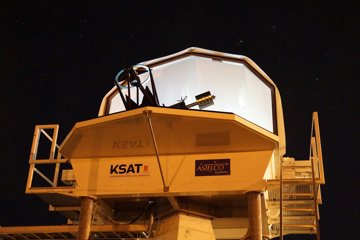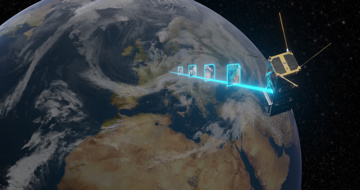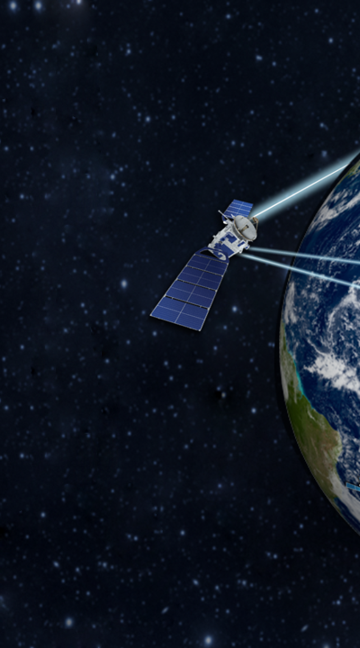
Optical Communications
ESA-ESOC Optical Nucleus Network for Direct-to-Earth communication services up to Lunar distances.
ESA-ESOC together with KSAT is integrating a network of optical ground stations owned by partners aiming to solve the chicken and egg problem that there is currently no commercial optical ground station capacity available.
KSAT will manage that network consisting of the ESA-ELRS station in Tenerife, the DLR-GSOC station in Almeria and the KSAT station in Nemea. These stations are aiming to be compliant with the CCSDS O3K and HPE standard using the optical band around 1550nm.
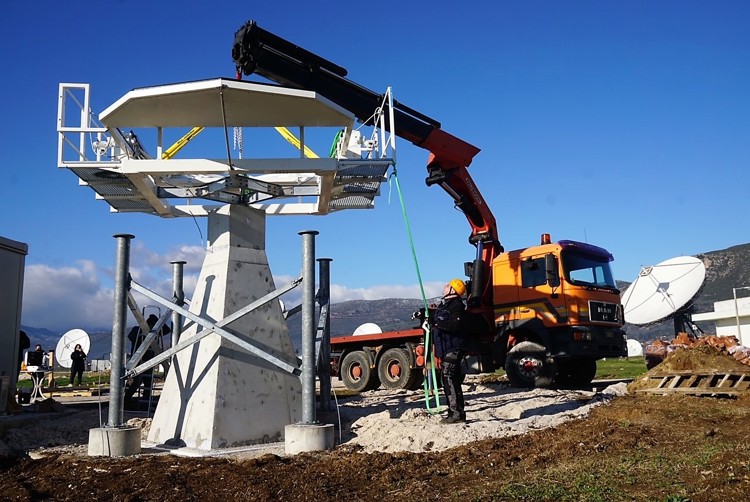
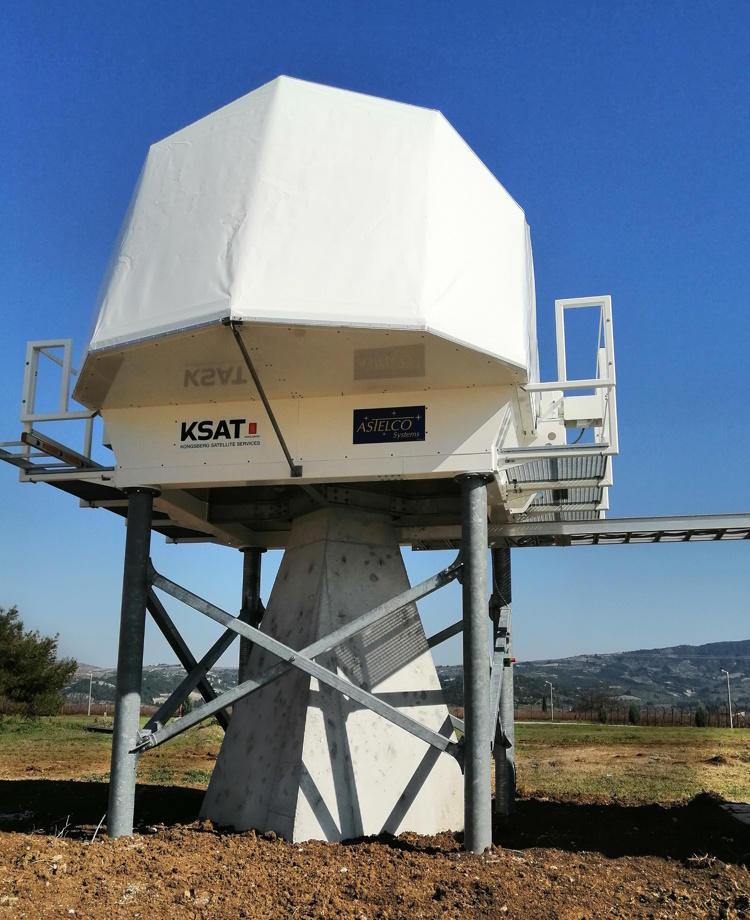
The half meter aperture KSAT station is designed and optimized together with the partner ASTELCO Systems to provide optical ground station service at costs comparable to radio-frequency service. The design follows a multi-mission and low-complexity approach. This is done by making use of observatory-grade optical telescopes.
The advantage of this approach is that it allows quick implementation of additional systems when needed. The design can be extended to larger telescopes of up to around 1.8 meter enabling Gigabit-per-second communications for lunar distances. The KSAT optical ground station is equipped with a baseband unit (modem) developed by Work Microwave to support data-rates of up to 3 Gbps. Other customer provided baseband units can also be supported.
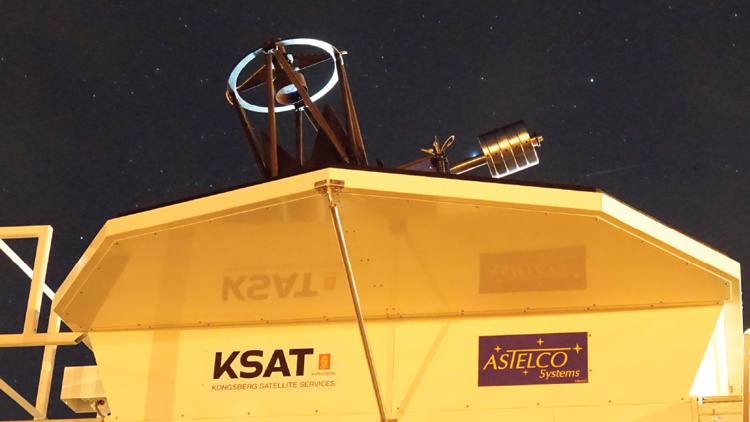
Check out this super cool video:
As part of our validation program we are tracking the International Space Station from our optical ground station. As long as no satellites are available for station check-out, KSAT together with Astelco validates program track accuracy of the optical ground station based on tracking sun illuminated spacecrafts.
Residual errors are dominated by atmospheric turbulence effects. With a seeing of around 2.5 arcsec the absolute pointing error is far less than 5 arcsec, or 24urad respectively. Good satellite orbital data is key for that precision.
